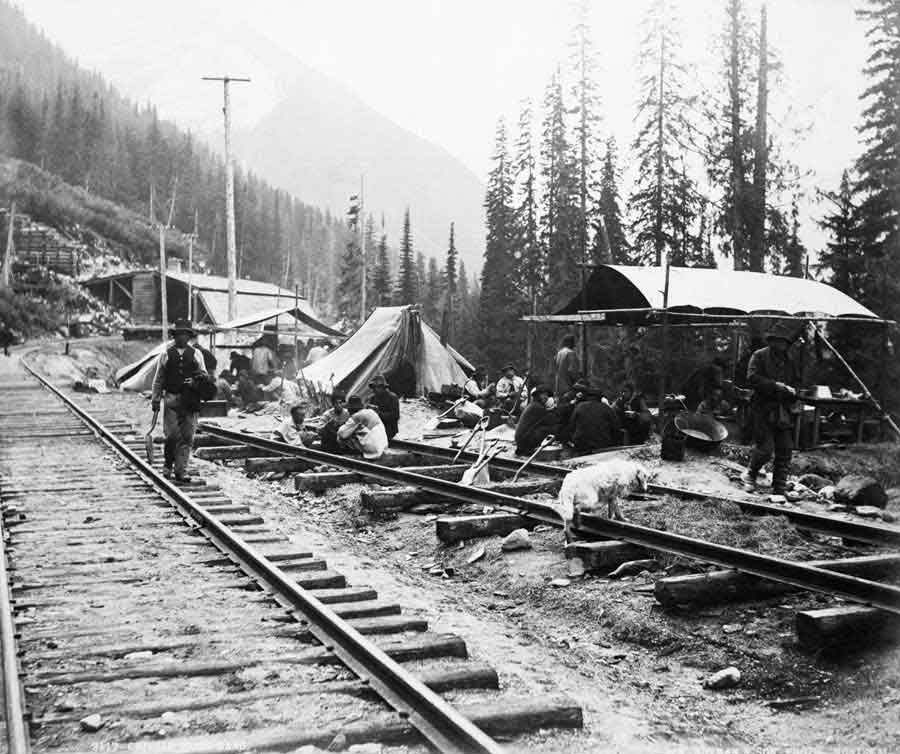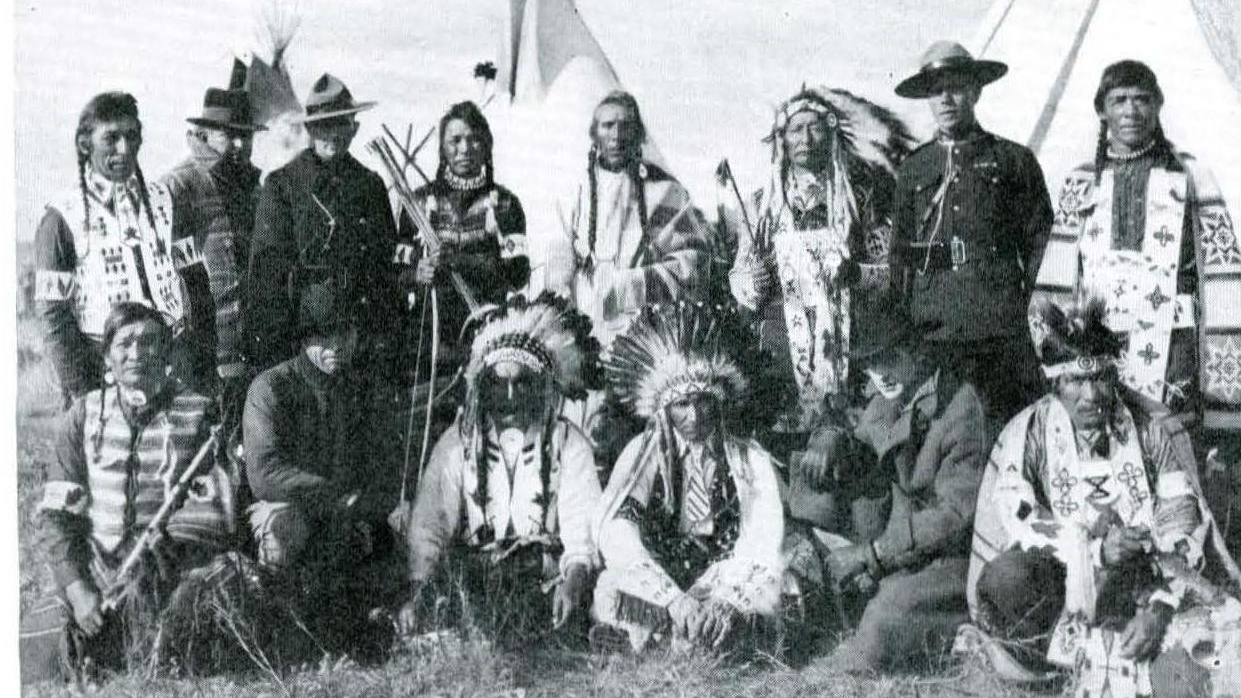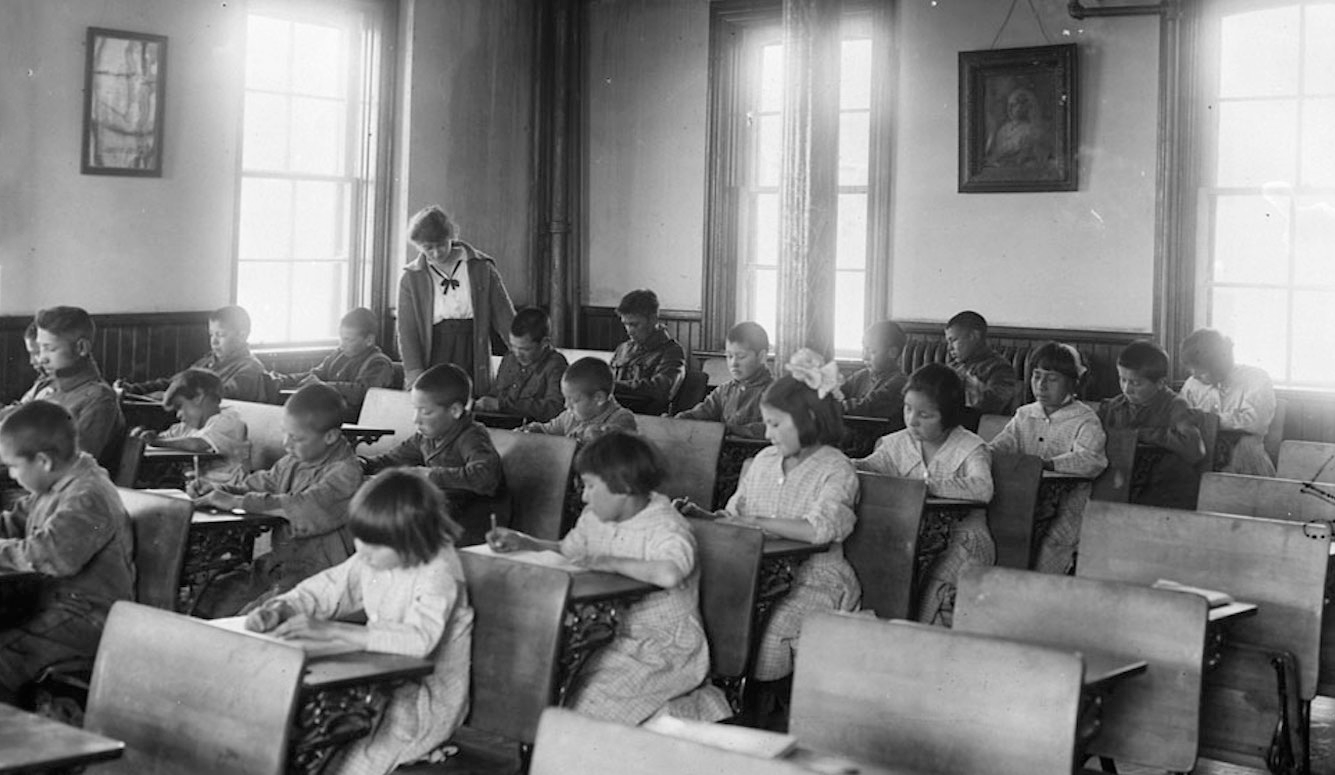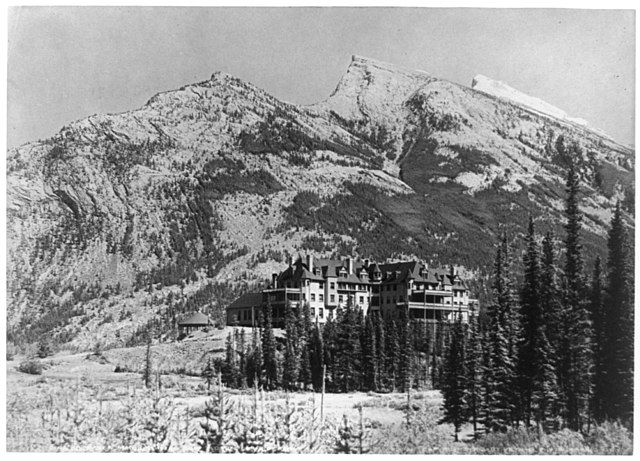Life on the Canadian Frontier – What was it Really Like?
BY: Sharon Fitness for GOOD.
With the premiere run of the season 12 of period drama WHEN CALLS THE HEART over halfway through now on GOOD, let’s take a look at what life on the Canadian Frontier in the early part of the 20th Century was really like. This is a glimpse into a time of struggle, resilience and great vision.
As the 19th century gave way to the dawn of a new era, the Canadian frontier stood as a rugged and untamed landscape, where settlers forged their lives amidst the challenges of the wilderness. This period marked a pivotal juncture in Canadian history, characterised by the expansion of settlements, the development of infrastructure, and the clash of cultures between Indigenous peoples and European settlers. Life on the Canadian frontier at the turn of the 20th century was a testament to the resilience, perseverance, and adaptability of those who dared to carve out a new existence in the wilderness.
Settlement and Expansion
At the turn of the 20th century, Canada’s frontier regions were experiencing a period of rapid settlement and expansion. The lure of fertile land, abundant resources, and economic opportunities drew settlers from across Canada and around the world to the untamed wilderness of the West. Towns and settlements sprang up along railway lines and waterways, serving as hubs of commerce, agriculture, and industry.

Challenges of the Wilderness
Life on the Canadian frontier was not without its challenges. Settlers faced harsh and unforgiving conditions, including extreme weather, isolation, and the threat of conflict with Indigenous peoples. The vastness of the wilderness presented logistical challenges for transportation and communication, making daily life a constant struggle for survival. Yet, despite these obstacles, settlers persevered, relying on resourcefulness, ingenuity, and a strong sense of community to overcome adversity.
The Role of Indigenous Peoples
The Canadian frontier was home to numerous Indigenous communities who had inhabited the land for thousands of years prior to the arrival of European settlers. For Indigenous peoples, the turn of the 20th century was a time of profound change and upheaval, as they grappled with the impact of colonization, the loss of traditional territories, and the erosion of cultural traditions. Despite facing systemic discrimination and marginalization, Indigenous communities persevered, maintaining a deep connection to the land and preserving their cultural heritage for future generations.

Economic Opportunities and Challenges
The Canadian frontier offered a wealth of economic opportunities for settlers willing to brave the wilderness. Agriculture, mining, logging, and trapping were among the primary industries that drove the region’s economy, providing employment and prosperity for those who sought their fortunes in the West. However, economic prosperity was often unevenly distributed, with disparities in wealth and opportunity between different regions and communities.
Social Life and Community
Despite the challenges of frontier life, communities on the Canadian frontier were characterised by a strong sense of camaraderie and mutual support. Settlers banded together to build schools, churches, and social organisations, fostering a sense of belonging and solidarity in the face of adversity. Social gatherings, such as dances, picnics, and community festivals, provided opportunities for recreation and fellowship, helping to strengthen the bonds of community and forge lasting friendships.

The Resort Town
In season 11, one storyline followed Lucas’ Grand Vision to build of the resort, and viewers could have been forgiven for thinking that this seems far fetched. It may come as a surprise that the truth is not that that far removed from the plot of WHEN CALLS THE HEART. Canadian resort towns like Banff were established in the late 19th century, primarily driven by the expansion of the Canadian Pacific Railway and the burgeoning interest in the natural beauty of the Canadian Rockies. Banff, founded in 1885, was the first national park in Canada, created to attract tourists and promote conservation. The establishment of these resort towns marked a significant shift in the Canadian landscape, transforming remote wilderness areas into accessible and popular destinations for recreation and tourism. This development not only boosted the economy through tourism but also fostered a greater appreciation for natural preservation and outdoor activities among Canadians and international visitors alike. Over time, these towns grew into vibrant communities, offering a blend of outdoor adventure, cultural experiences, and luxury accommodations, thus reshaping the Canadian identity to include a strong connection to its pristine natural environments.

Establishment of National Parks
In season 12, the focus has changed to establishing a National Park near Hope Valley. The establishment of Canada’s national parks in the 1900s was a groundbreaking achievement in conservation. Through the efforts of leaders like James B. Harkin, support from the railway industry, and public advocacy, Canada was able to overcome industrial opposition and land conflicts to create one of the most extensive national park networks in the world. These parks continue to be a source of national pride, offering breathtaking landscapes and a sanctuary for wildlife.
Legacy and Heritage
The legacy of life on the Canadian frontier at the turn of the 20th century endures to this day, shaping the cultural identity and heritage of Canada as a nation. The spirit of resilience, perseverance, and community forged in the wilderness continues to inspire Canadians from all walks of life, reminding them of the enduring strength of the human spirit in the face of adversity. As we take a look back on this pivotal period in Canadian history, not that dissimilar to the Australian colonial story, we can recognise the contributions and sacrifices of those who dared to venture into the unknown, leaving an indelible mark on the landscape and shaping the destiny of a nation.
Watch When Calls the Heart season 12 on Friday nights at 7:30pm AEST on GOOD. or stream from the free GOOD app. Watch now: CLICK HERE.
About the Author: Sharon Fitness is a staff writer for GOOD. She’s a movie buff, TV fan, foodie and dog lover.
Images: When Calls the Heart promotional content from GOOD and historical archives from the public domain.
